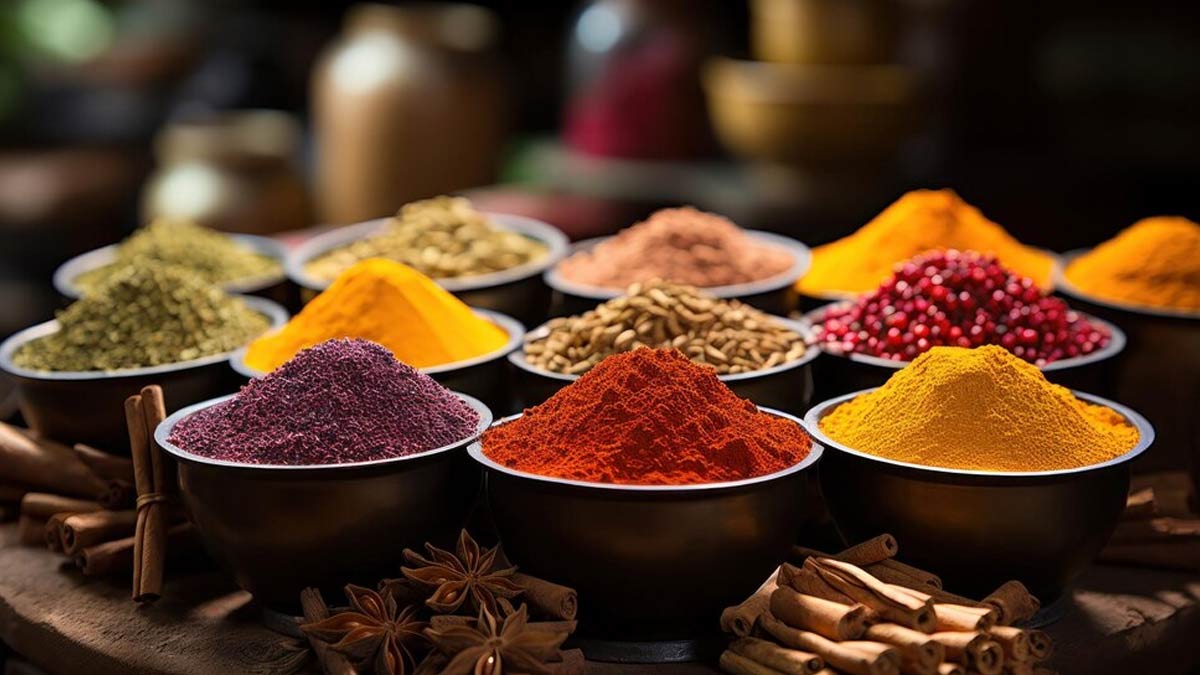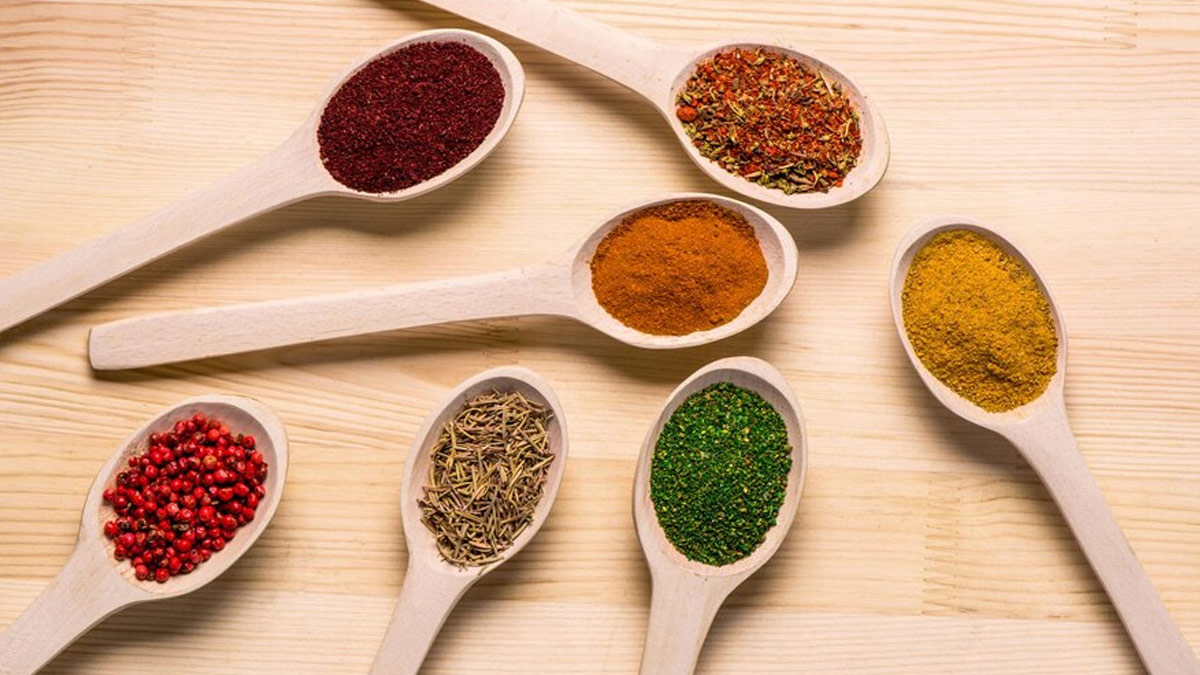
MDH and Everest, prominent names in the spice industry, have recently come under scrutiny as the Food Safety and Standards Authority of India (FSSAI) is investigating them. This investigation stems from bans imposed by authorities in Singapore and Hong Kong on certain products of these brands due to the presence of ethylene oxide, a pesticide. For instance, Hong Kong's Centre for Food Safety (CFS) advised against consuming specific spice mix products from MDH and Everest, prompting vendors to withdraw these items from their shelves.
Table of Content:-
The impact of these bans reverberates not only in India but also across their extensive international markets. Both MDH and Everest boast significant revenues, with MDH alone surpassing Rs 2000 crore in revenue over recent financial years. So, what is ethylene oxide and how does its impact our health?

What Is Ethylene Oxide?
The National Cancer Institute defines Ethylene oxide (EtO) as a colourless gas commonly used as a pesticide in various industries, including agriculture and food processing. Its presence in certain products has raised concerns due to its potential health risks.
To give you an idea of how strong this chemical is, ethylene oxide is often used to sterilise medical equipment, as a fumigant for food products, and in the production of various industrial chemicals. It's also employed in the manufacturing of certain consumer goods, such as cosmetics and textiles. Despite its utility, ethylene oxide is classified as a potential carcinogen by regulatory bodies like the International Agency for Research on Cancer (IARC), which is a part of the World Health Organisation (WHO).
Here are some of the health effects of ethylene oxide:
- Cancer Risk: A study published in the journal Dose-Response, long-term exposure to ethylene oxide has been linked to an increased risk of certain cancers, including leukemia, lymphoma, and breast cancer.
- Respiratory Issues: As per a research book Toxicological Profile for Ethylene Oxide, inhaling ethylene oxide vapours can cause respiratory irritation, coughing, and shortness of breath.
- Reproductive and Developmental Effects: Their research also suggested that ethylene oxide exposure may impact reproductive health and contribute to developmental abnormalities in fetuses.
- Skin Sensitisation: the research book also pointed out that direct contact with concentrated ethylene oxide solutions can lead to skin irritation, rashes, and allergic reactions.
Also Read: Study: Pesticides In Fruits And Vegetables Can Lead To Obesity, Malnourishment

Sources of Ethylene Oxide Exposure
To avoid ethylene oxide in your daily life, you have to first know where are you can find this carcinogenic substance:
Food Contamination
One of the primary concerns in India and globally is ethylene oxide's presence in food products. Contamination can occur during the fumigation or processing of spices, grains, and other agricultural commodities.
Industrial Processes
Workers in industries that use ethylene oxide for sterilisation or chemical production are at risk of exposure if proper safety measures are not in place.
Consumer Products
Some consumer goods, especially imported items, may contain residual ethylene oxide from manufacturing processes.
Also Read: Items In Your Kitchen That Can Be Carcinogenic

Avoiding Ethylene Oxide Exposure
One way can obviously be to avoid ethylene oxide completely. However, due to its widespread use, being able to avoid this pesticide can be tricky. Here are a few tips you can try:
Choose Organic
Opt for organic food products whenever possible, as they are less likely to be treated with synthetic pesticides like ethylene oxide.
Check Labels
Read product labels carefully, especially for imported goods, and look for certifications indicating that they are ethylene oxide-free.
Support Local Farmers
Purchase spices and agricultural products from trusted local sources that follow safe and sustainable practices.
Proper Ventilation
In industrial settings where ethylene oxide is used, ensure adequate ventilation and adhere to safety protocols to minimise exposure risks.
Awareness and Advocacy
Stay informed about regulatory updates regarding ethylene oxide and advocate for stricter safety standards in food processing and manufacturing industries.
The controversy surrounding MDH and Everest highlights the complexities of ensuring food safety and quality across global supply chains, raising questions about regulatory oversight and the safety of widely consumed food products.
Ethylene oxide contamination poses significant health hazards, and awareness and proactive measures are crucial to minimise exposure risks. By making informed choices, supporting safe agricultural practices, and advocating for stringent safety regulations, we can work towards reducing the prevalence of ethylene oxide in our environment and safeguarding public health.
Also watch this video
How we keep this article up to date:
We work with experts and keep a close eye on the latest in health and wellness. Whenever there is a new research or helpful information, we update our articles with accurate and useful advice.
Current Version